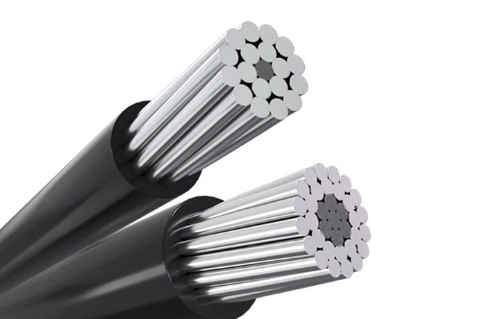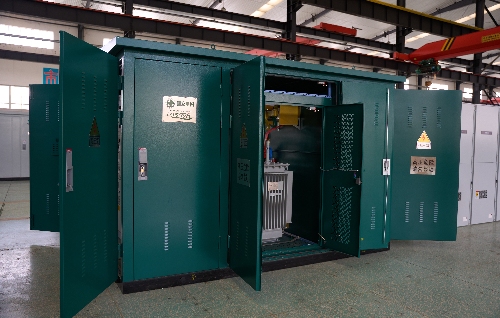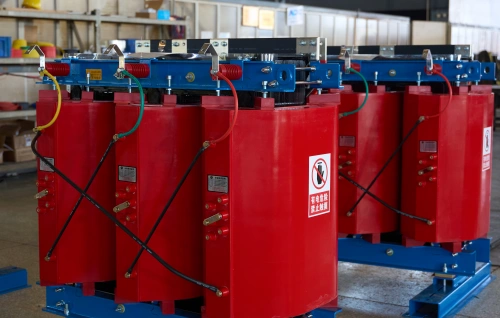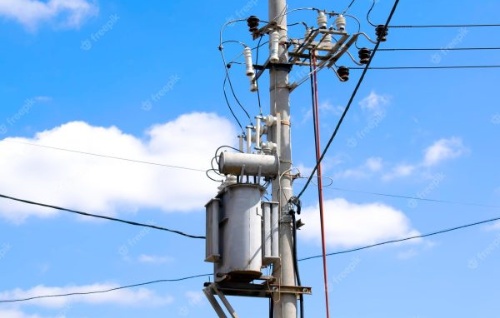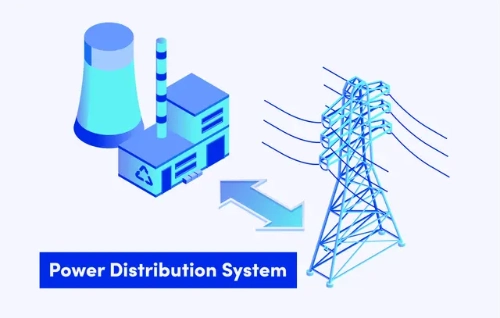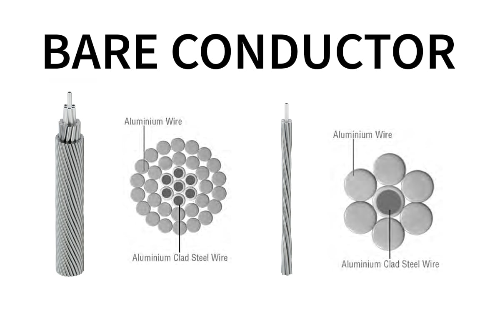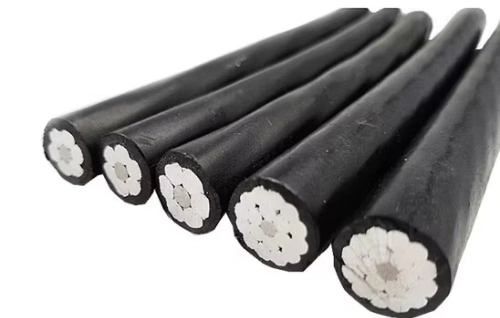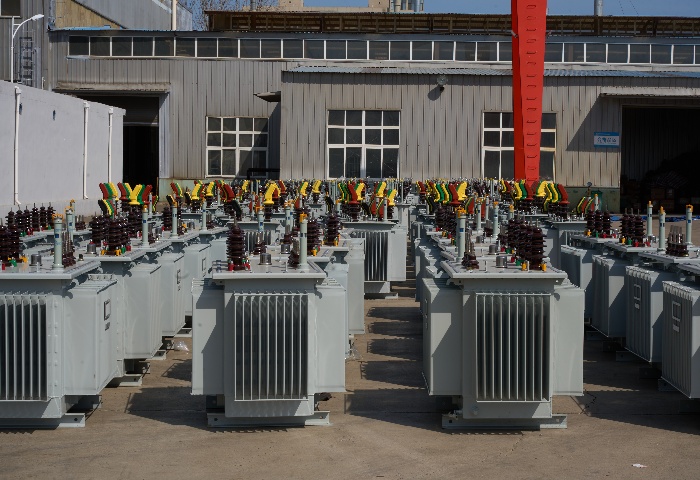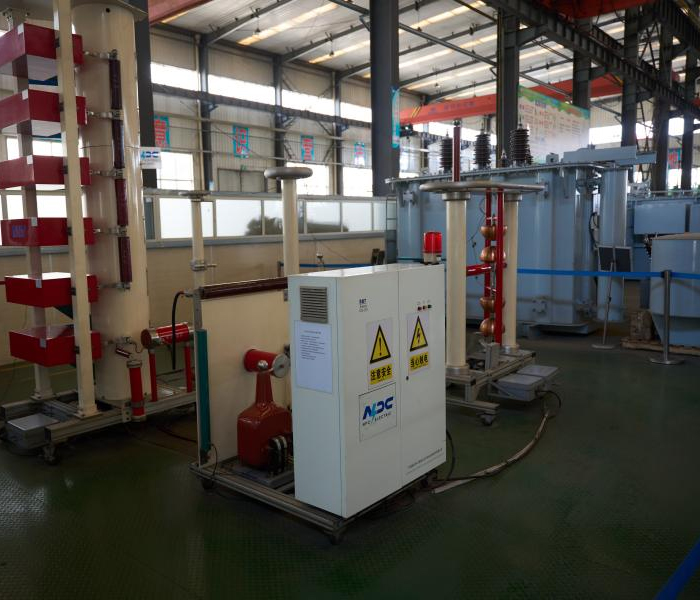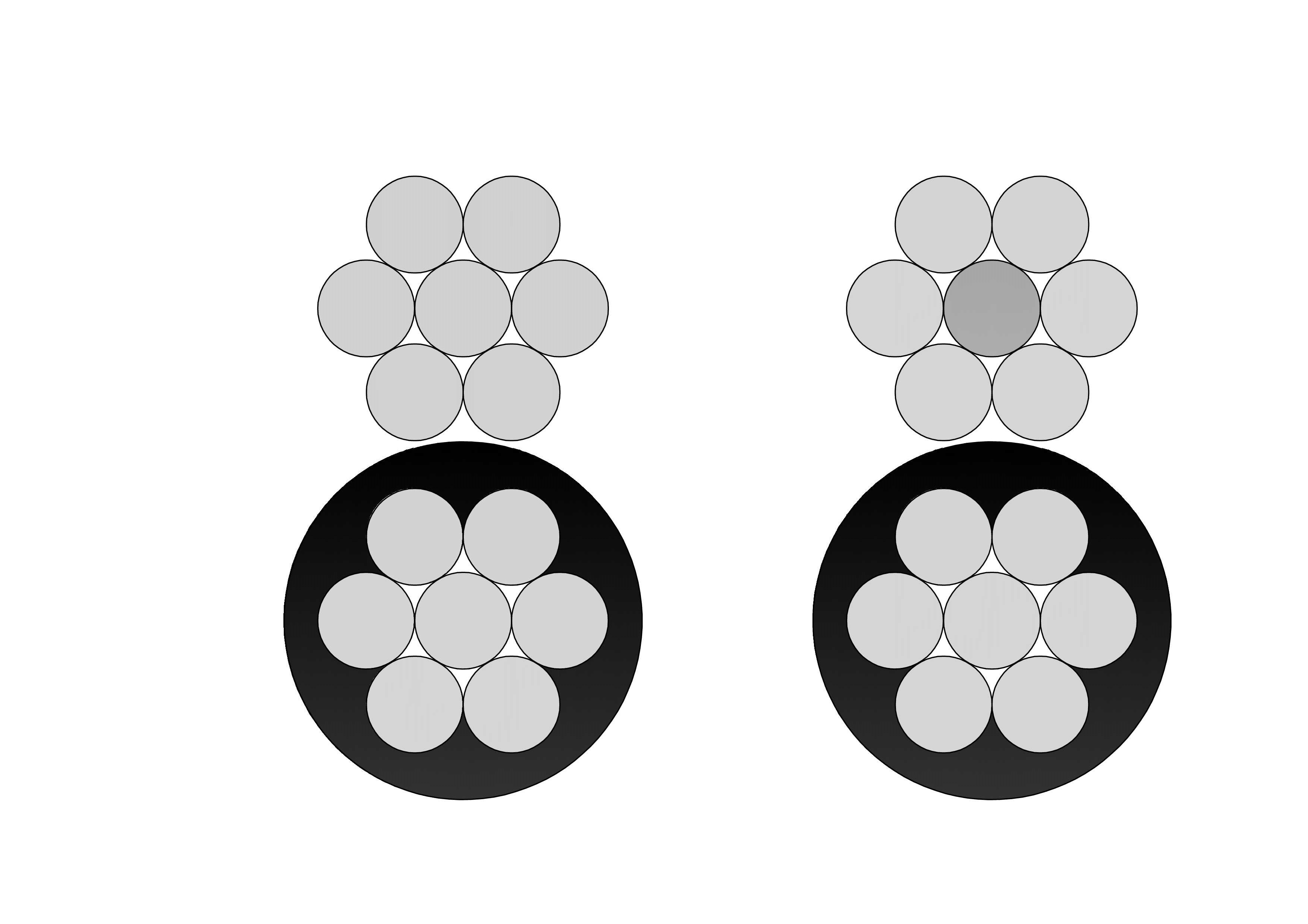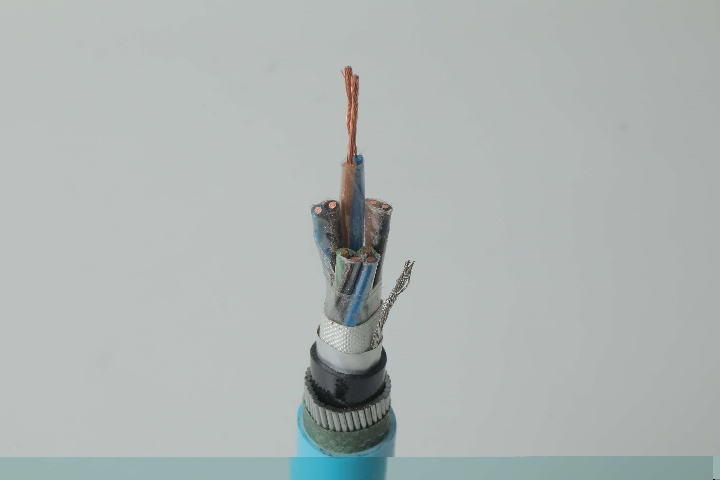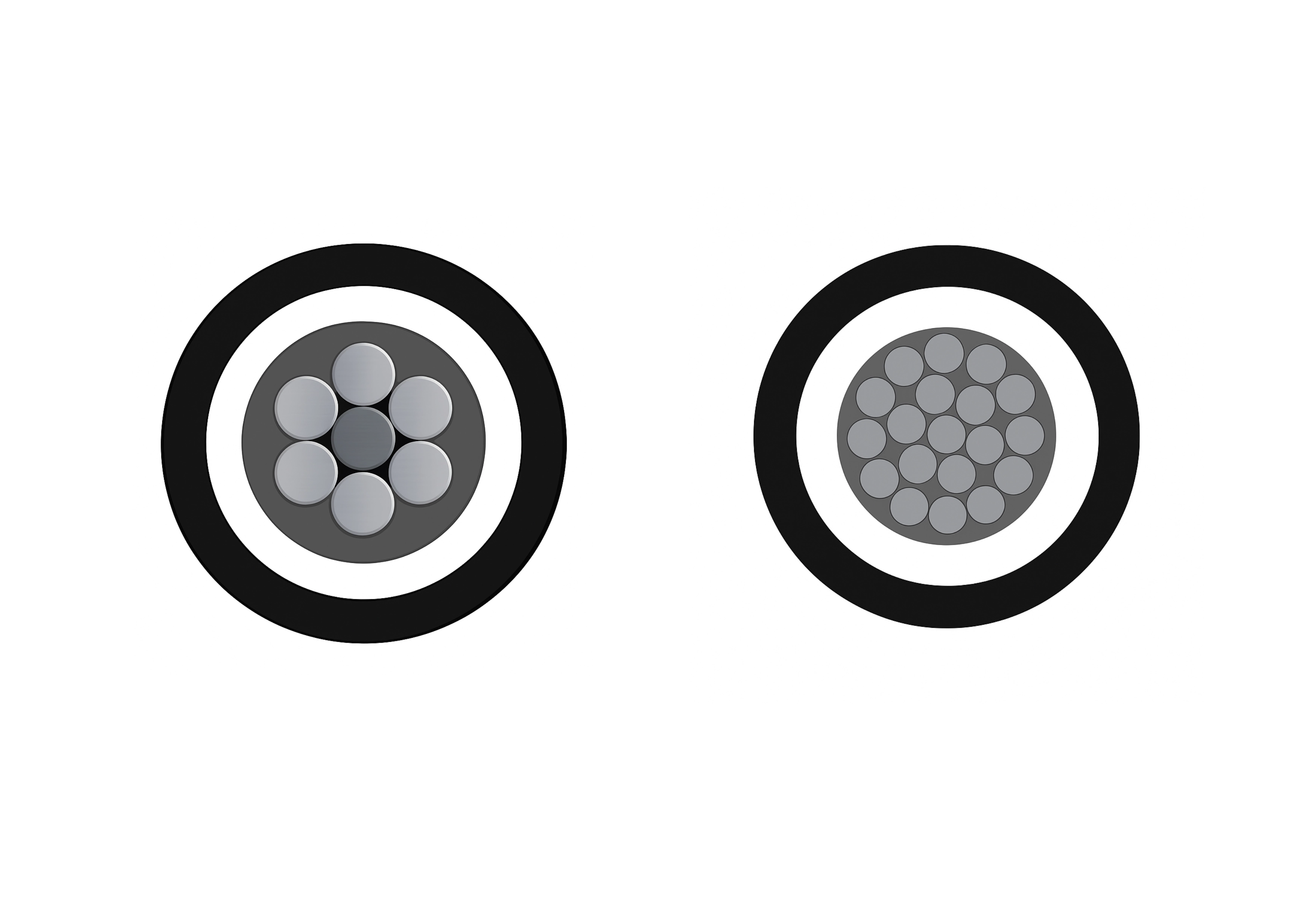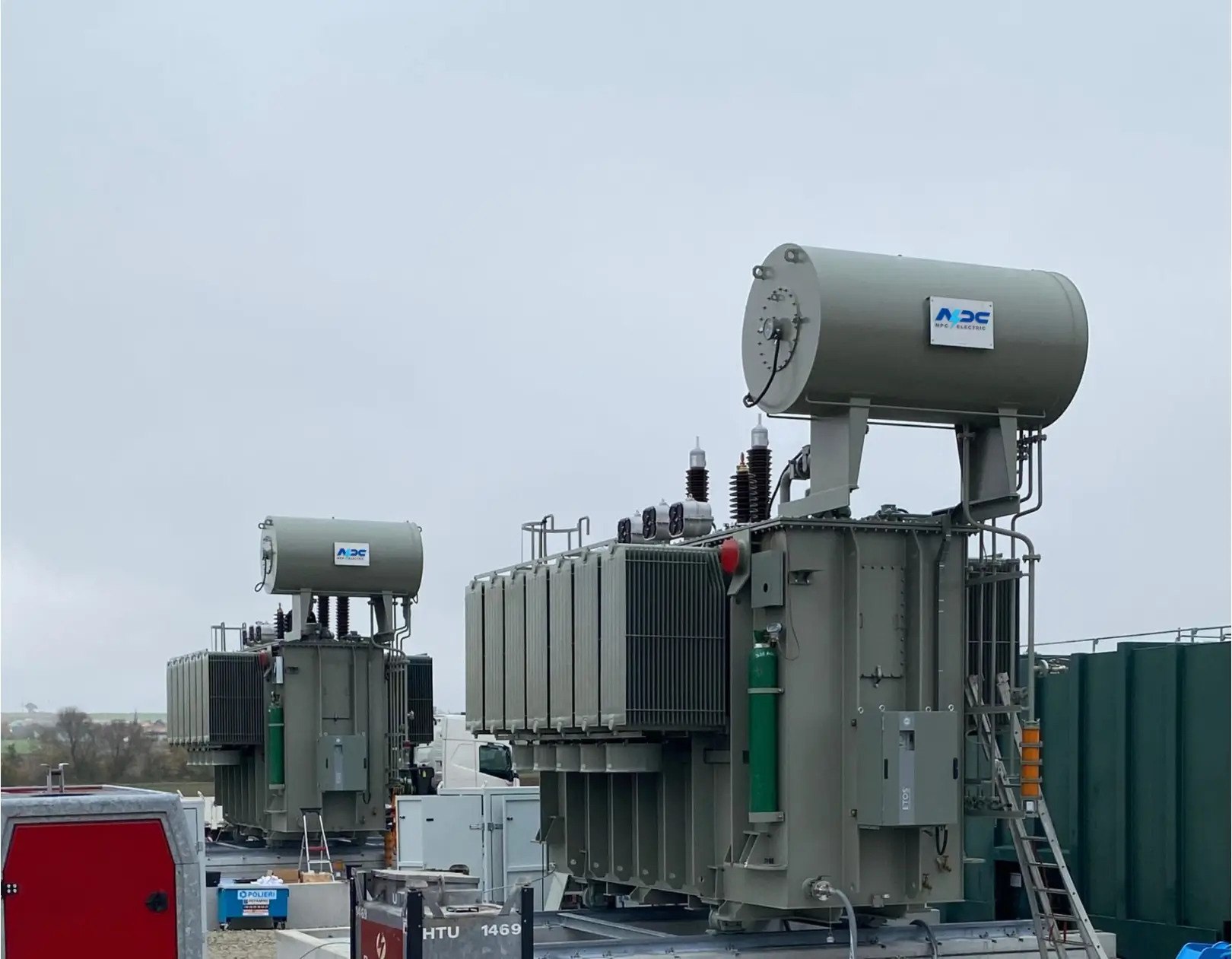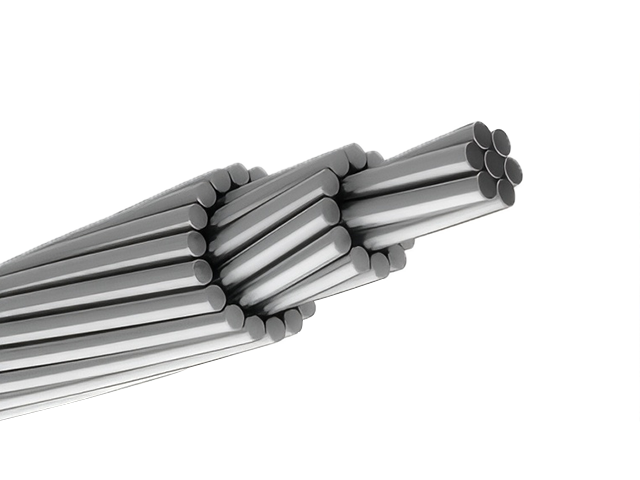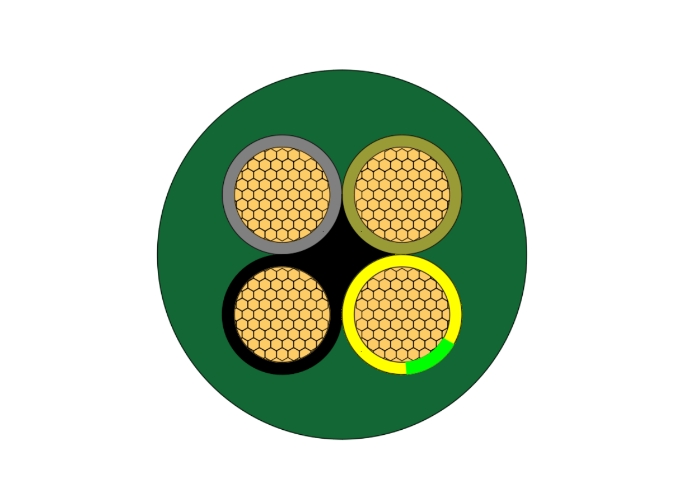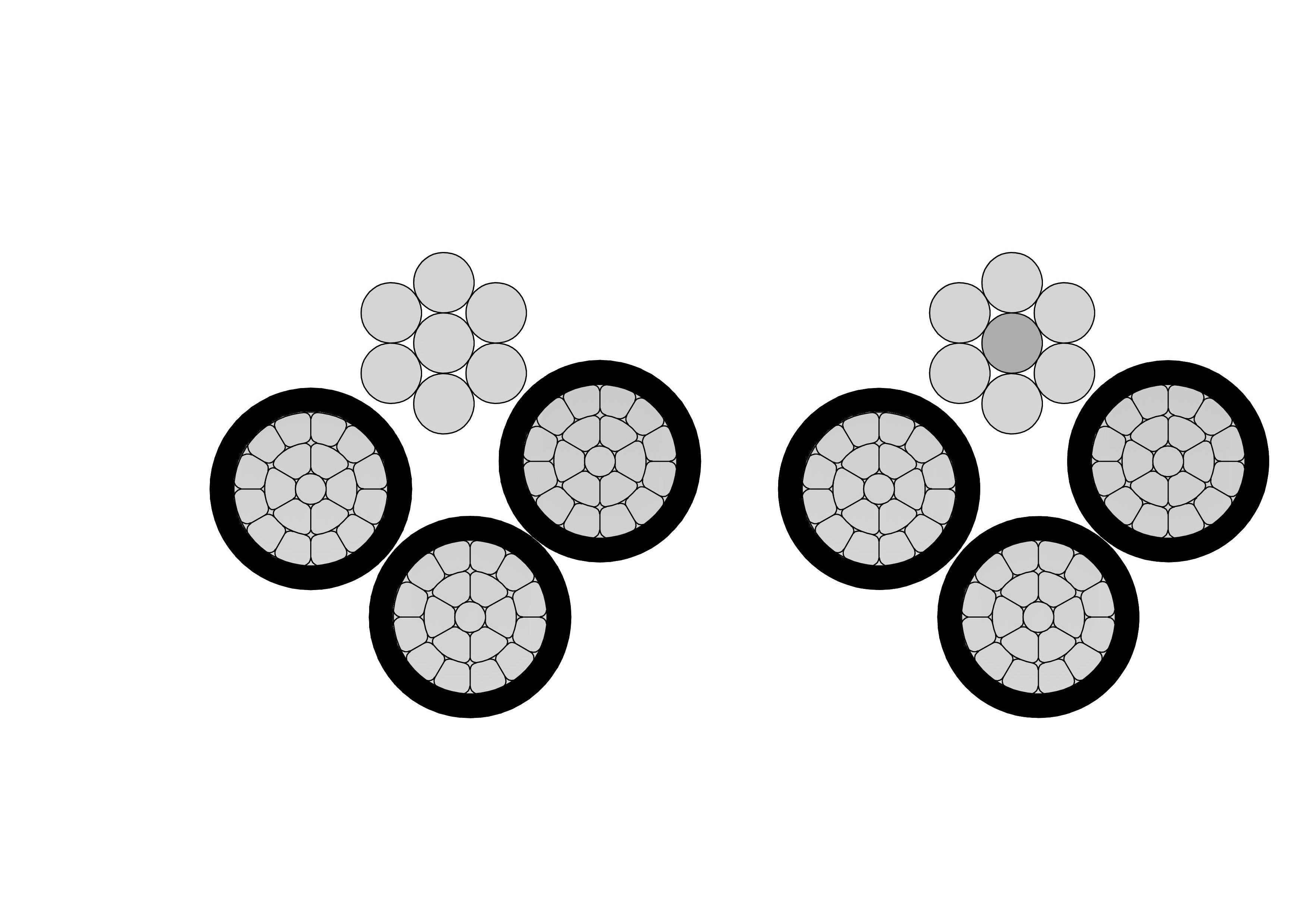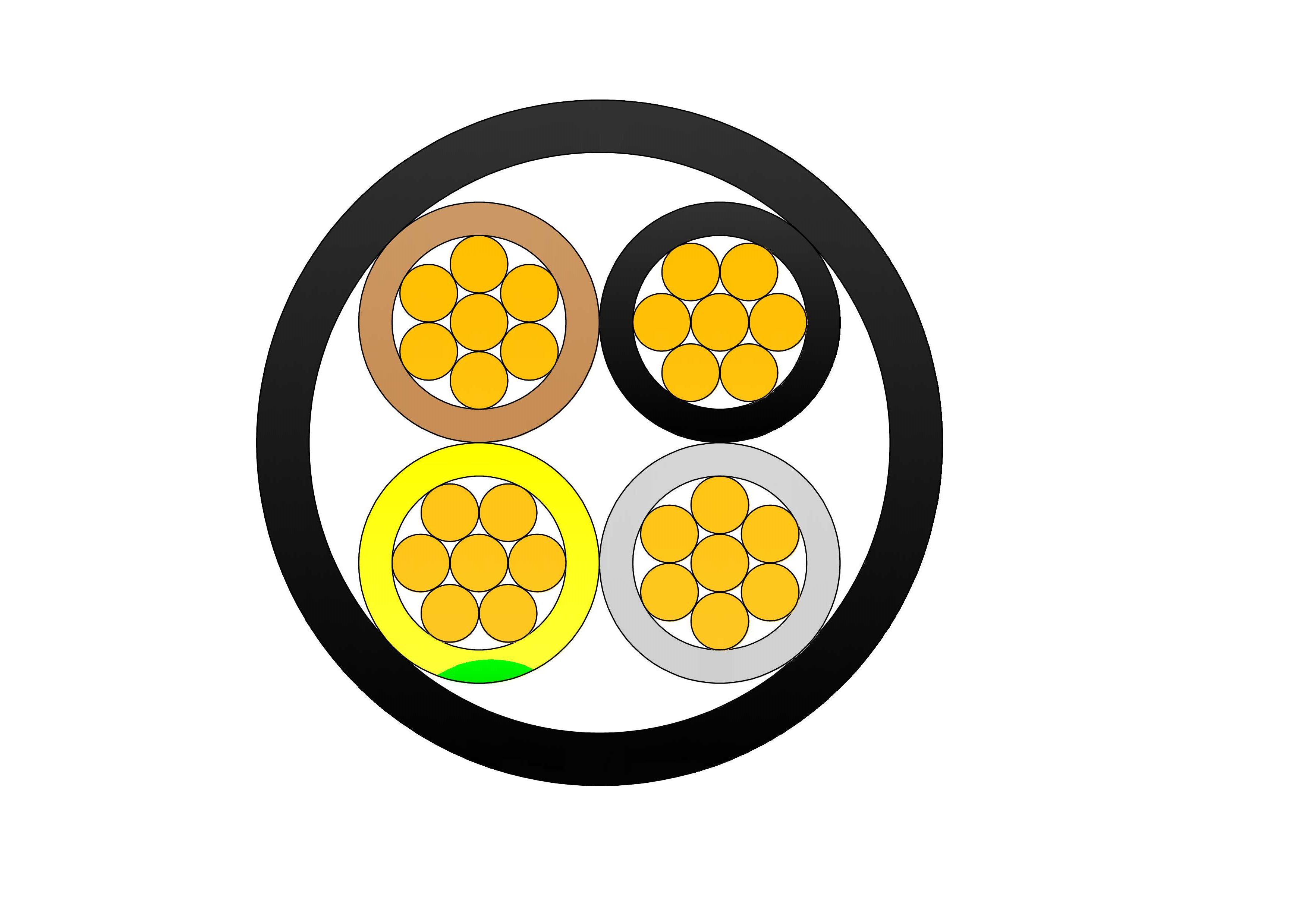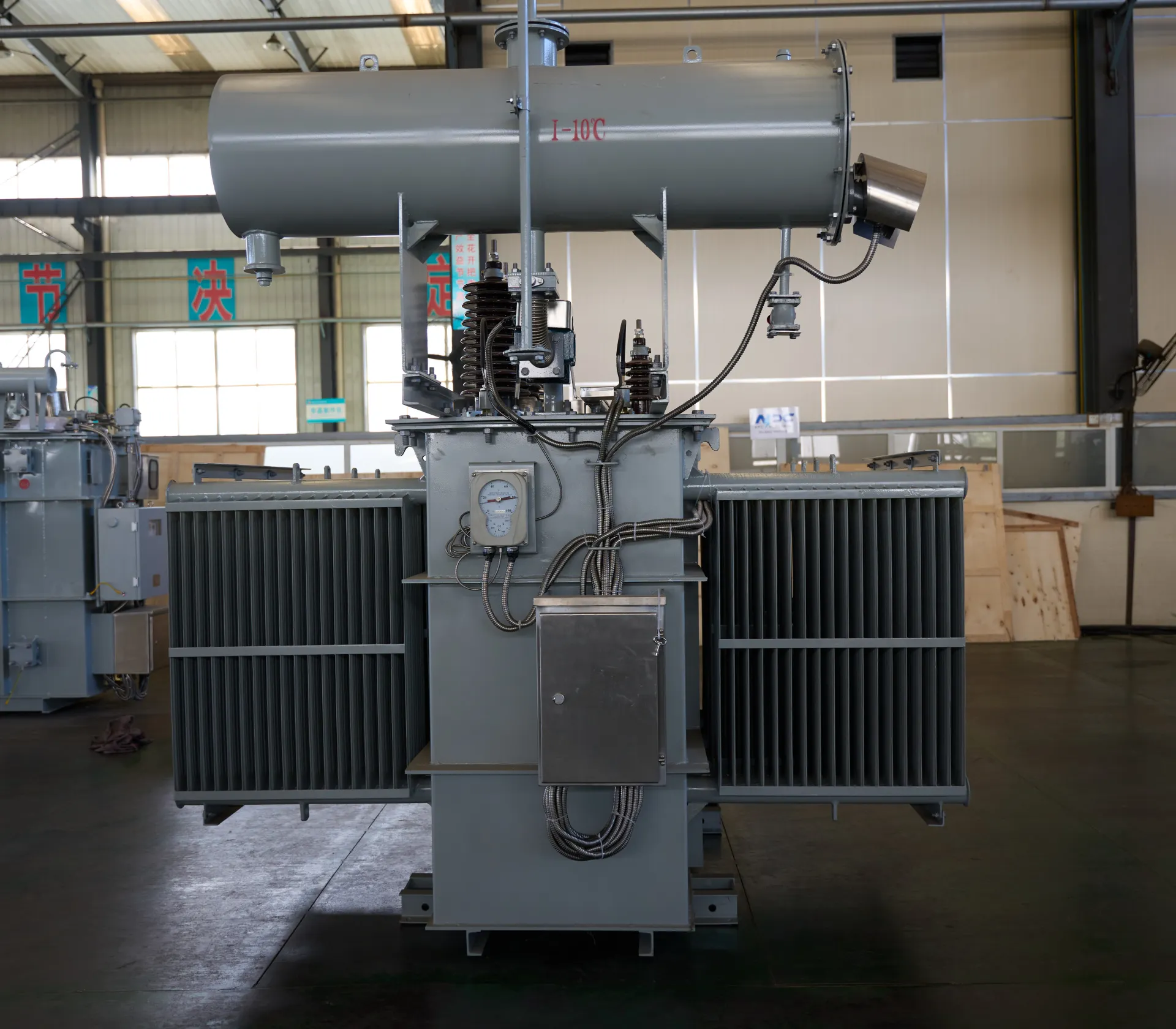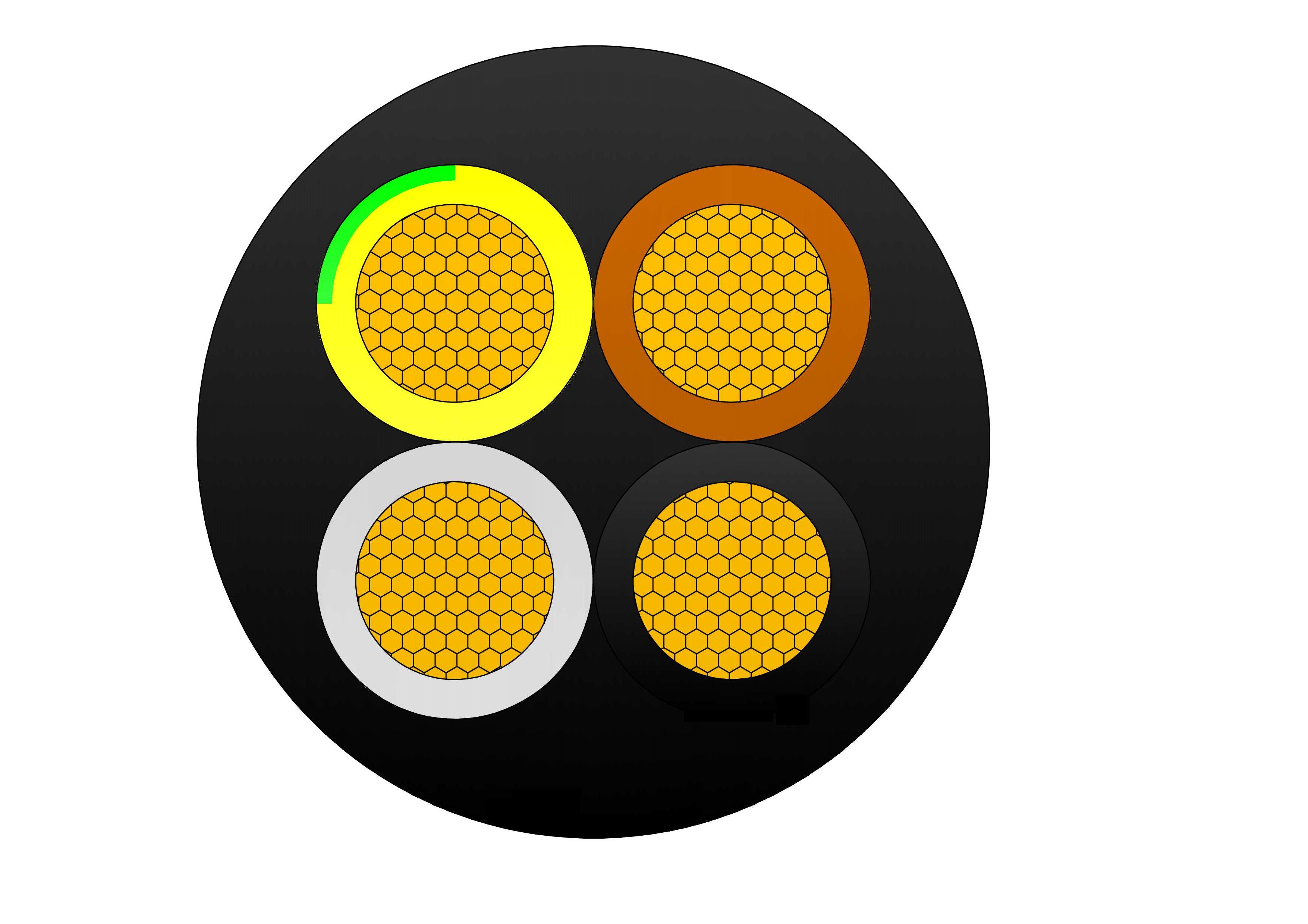What Is a Solar Transformer? Design Features and Benefits for PV Systems
A solar transformer, also known as a photovoltaic (PV) transformer, is a specialized type of electrical transformer used in solar power generation systems. Its main function is to step up or step down the voltage output from solar inverters, enabling efficient energy transmission to the medium-voltage (MV) grid or local loads.
Installed between the inverter and the grid, solar transformers are critical for ensuring grid compatibility, system safety, and long-term energy efficiency.
Why Solar Transformers Are Different from Conventional Transformers
Unlike standard distribution transformers or power transformers, solar transformers are purpose-built to handle the unique characteristics of photovoltaic energy systems, including fluctuating loads, inverter harmonics, and harsh environmental exposure.
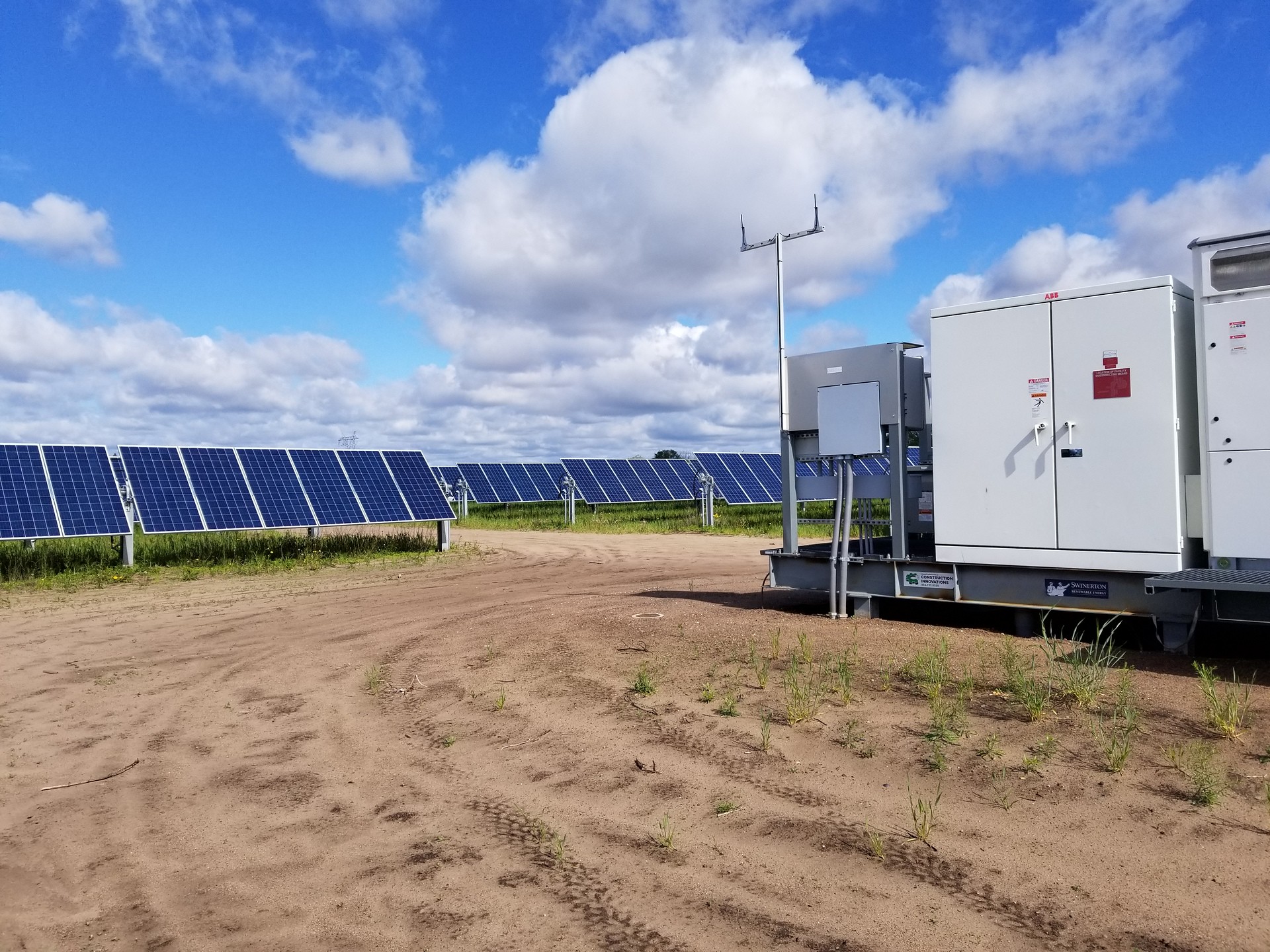
Key Design Features of a Solar Transformer
🔄 1. Double-Split Winding Structure for Thermal and Electrical Balance
A standout feature in many solar power transformers is the double-split winding design. In this configuration, both the winding and magnetic core are divided symmetrically into two sections. This provides multiple benefits:
- Improved thermal distribution
- Reduced energy losses
- Flexible parallel operation
This makes the design especially well-suited for large-scale PV plants and modular solar stations.
🌦️ 2. Outdoor-Ready, Corrosion-Resistant Construction
Since solar transformers are typically installed outdoors, they are engineered for durability in harsh environments:
- Reinforced transformer tanks
- UV-resistant and anti-corrosion coatings
- Salt-spray and moisture protection
To reduce installation footprint and enhance functionality, pad-mounted or compact substation transformers are often used, integrating protection, monitoring, and switching devices into one enclosure.
🎛️ 3. Harmonic Tolerance and Core Optimization
Solar inverters often generate high-frequency harmonic distortions. To handle these, solar transformers feature:
- Low-loss magnetic core materials
- High magnetic permeability
- Optimized core and winding layout
These improvements reduce noise, eddy currents, and thermal stress, ensuring long-term reliability.
🌡️ 4. Advanced Cooling and Fire Protection Systems
Depending on the transformer type, different cooling and safety designs are used:
- Enhanced air duct systems
- Layered insulation for thermal and fire safety
- Radiator fins, natural convection, or forced air cooling
- Suitable for high-capacity and outdoor installations
These cooling strategies help maintain safe operating temperatures even under peak solar load conditions.
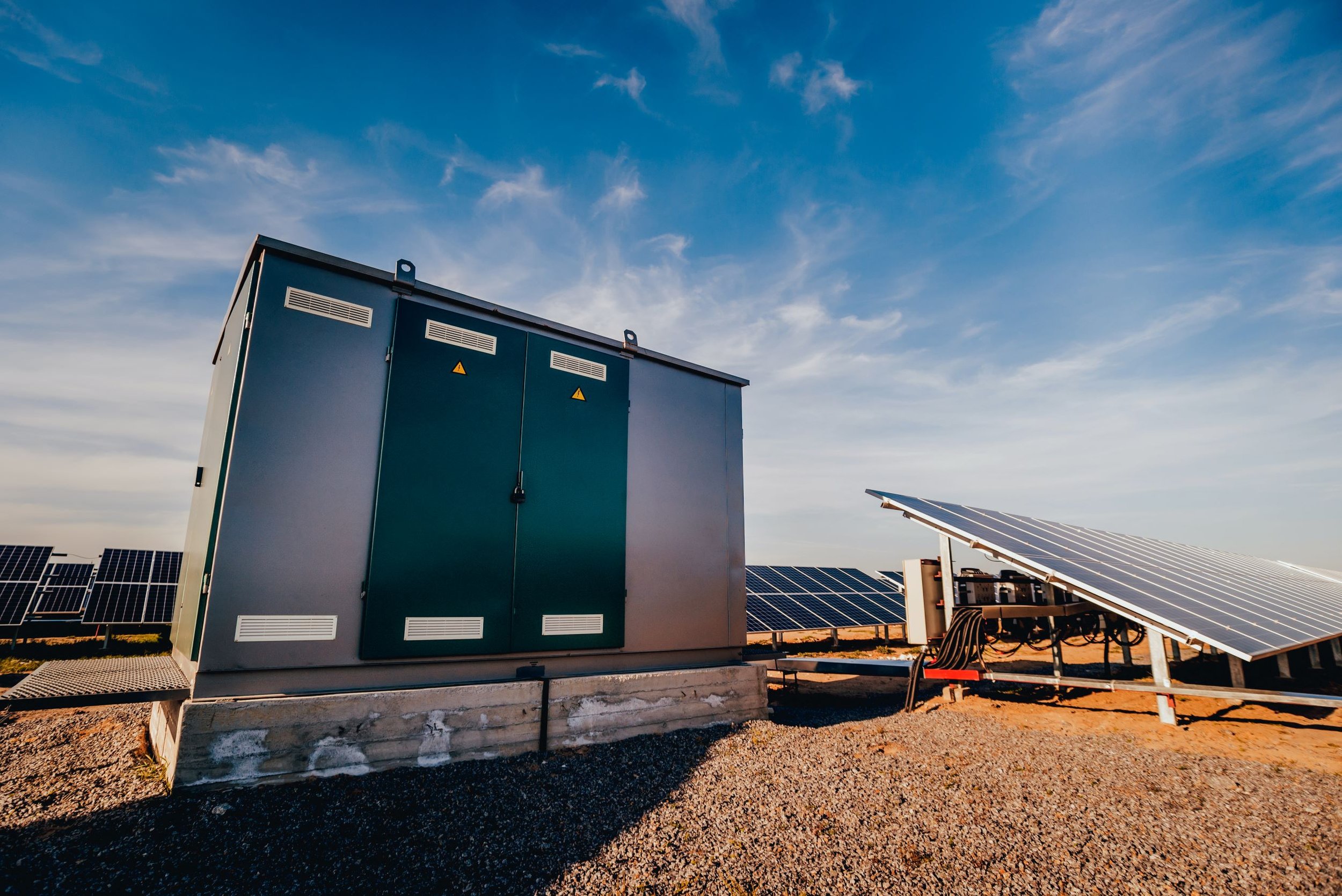
Summary: Why Solar Transformers Matter in Modern PV Systems
The structural and functional design of solar transformers plays a vital role in ensuring the performance, safety, and long-term reliability of today’s solar energy systems. Advanced features such as double-split transformers, harmonic suppression, and outdoor-grade enclosures are engineered specifically to meet the demanding operational conditions of photovoltaic (PV) power applications.
Whether deployed in utility-scale solar farms, rooftop PV installations, or modular containerized substations, these double-split solar transformers provide safe, stable, and efficient energy transmission from inverters to the grid—ensuring maximum system uptime and optimal power quality.

